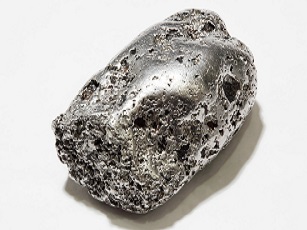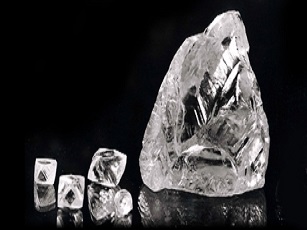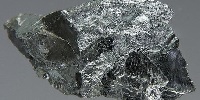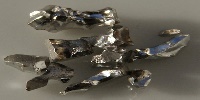Sodium Mining
DEFINITION:
Sodium is a metallic element with the symbol Na and atomic number 11. It is a soft, silvery-white, extremely reactive metal and is a member of the alkali metals within "group 1". It has only one stable isotope, 23Na.
Sodium constitutes approximately 2.6% of the Earth's composition, rendering it an abundant element. However, sodium is primarily found in the form of sodium chloride due to its high reactivity. Pure sodium metal is produced from sodium chloride (NaCl) through an electrolytic process. Halite, a mineral rich in NaCl, is commonly found on the Earth's surface.
MINING:
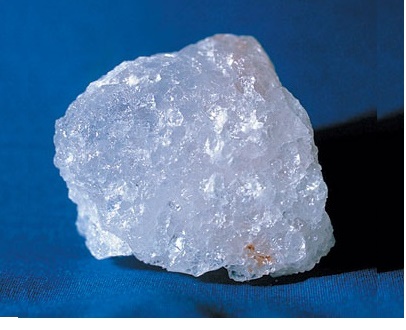
The mining of sodium chloride is conducted through methods such as deep shaft mining, solution mining, and solar evaporation.
Deep shaft mining resembles underground mining, where holes are dug to extract minerals. In this method, known as room and pillar mining, salt beds underground are excavated and drilled to create rooms resembling pillars. The extracted ores are then transported to the surface using conveyor belts. The room and pillar technique is particularly effective for deep underground mines, with halite being the major ore mined using this method.
In solution mining, water is injected into wells constructed above the settled salt beds of the Earth. The injected water dissolves the salts, forming a brine solution that is pumped back to the surface using vacuum pans. In the vacuum pans, the brine solution undergoes boiling, causing the water to evaporate and leaving behind the solid salts.
The solar evaporation method involves collecting sodium chloride from saline seawater or lake water. In this process, the seawater or lake water is spread over a large area, allowing the sun and wind to evaporate the water, leaving behind the salt.
This method is highly efficient in producing 100% pure sodium chloride but can only be implemented in regions with low rainfall and abundant sunlight. Halite ore is predominantly mined in countries such as the USA, China, Russia, Canada, and Germany for the extraction of sodium chloride.
EXTRACTION OF SODIUM METAL:
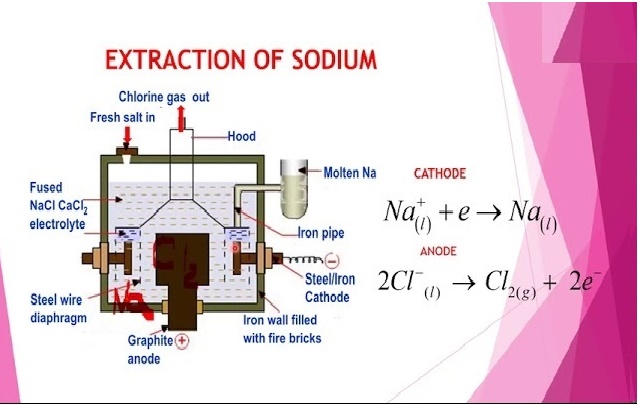
The collected sodium chloride ores from the mines undergo filtration and refining to ensure a quality product before being used in extraction. The extraction of sodium metal on an industrial scale is carried out using the Down's process, an electrolytic process involving fused NaCl and CaCl2.
The fused sodium chloride and calcium chloride are placed in a rectangular steel electrolysis vessel equipped with cathodes and anodes. The vessel is heated to a high temperature to melt the sodium present in the fused solution. During the electrolytic process, the sodium chloride in the solution is reduced to Na+ and Cl- ions.
The Na+ ions then move towards the cathode and are extracted. Subsequently, the extracted sodium is refined and filtered to obtain pure sodium metal. China, Japan, and India are among the countries with significant sodium metal production in Asia. In the American continent, the USA and Canada are the largest sodium metal producers, while France and Germany lead in Europe.
PROPERTIES:
Sodium reacts exothermically with water; small pea-sized pieces will bounce across the surface of the water until they are consumed by it, whereas larger pieces will explode. When sodium reacts with water at room temperature, the sodium piece melts due to the heat of the reaction, forming a sphere if the reacting sodium piece is large enough. This reaction with water produces highly caustic sodium hydroxide and highly flammable hydrogen gas. When burned in air, sodium forms sodium peroxide (Na2O2) and the oxide (Na2O). If burned in oxygen under pressure, sodium superoxide (NaO2) is produced.
APPLICATION:
In certain alloys to improve their structure.
In soap, mixed with fatty acids. Sodium soaps are harder than potassium soaps.
For descaling metal.
Related Mining

